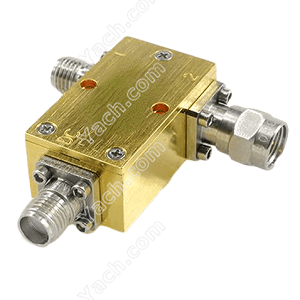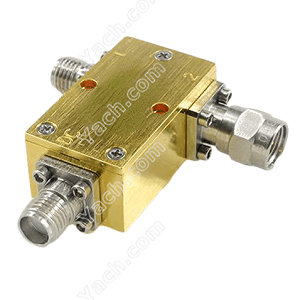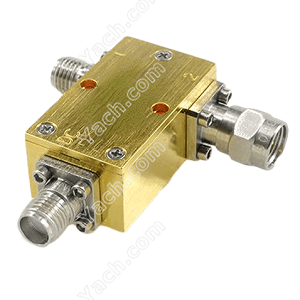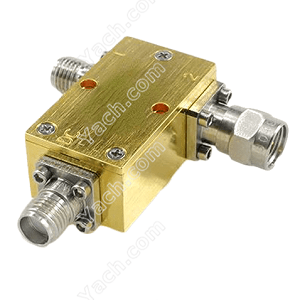How to design the attenuators?
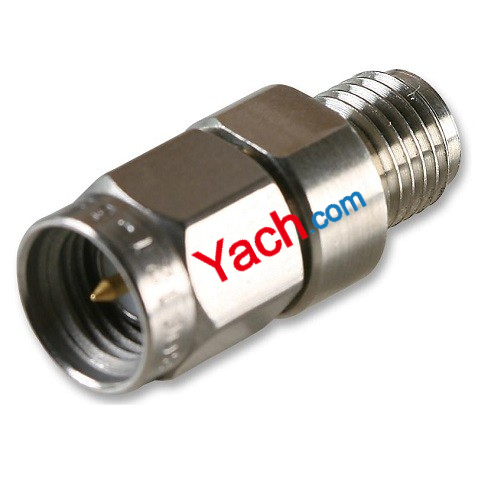 Remember the attenuator that only knows how to eat power In this paper, we introduce the technical specifications and basic structure of the attenuator. Although we don't want the precious electromagnetic wave signal to be attenuated, sometimes we have to add attenuators to the circuit in order to achieve a certain function of the system or achieve a certain design balance. Two common lumped parameter attenuators are introduced today.
Remember the attenuator that only knows how to eat power In this paper, we introduce the technical specifications and basic structure of the attenuator. Although we don't want the precious electromagnetic wave signal to be attenuated, sometimes we have to add attenuators to the circuit in order to achieve a certain function of the system or achieve a certain design balance. Two common lumped parameter attenuators are introduced today.
Obviously, the composition of the attenuator uses this resistance element to reduce the signal level by using the absorption of the resistance to the electromagnetic wave signal. For the above two circuits, one is the T-type attenuator, which is composed of three resistors RS1, RS2 and RP. The other is commonly used Π Type attenuator is also composed of three resistors RP1, RP2 and RS. By selecting the values of these three resistors, we can determine the attenuation value of the attenuator.
Note here that the attenuator uses the field sum, that is, the transmission line impedance values Z1 and Z2 at both ends of the attenuator. If Z1 = Z2, the attenuator only needs to complete the corresponding signal attenuation value. If Z1 is not equal to Z2, the attenuator can complete the impedance matching while attenuating the signal. Let's explain these two situations one by one.
Case1 Z1 equals Z2
This situation is relatively simple. For the above two attenuation circuits, we can analyze the relationship between attenuation value and resistance only according to the method of network cascade.
First, let's take a look at the T-type attenuator. As long as we use the a parameters of three resistors for cascade calculation, we can calculate the a parameters of the whole attenuator. Then, using the conversion formula of a parameter and S parameter, the S parameter of the attenuator can be calculated, and then the attenuation value s21db of the attenuator can be obtained. On the contrary, the resistance value can also be calculated according to the attenuation value.
Accordingly, if we change the resistance value of the attenuator, the attenuation value will also change with it. At this time, we can use an adjustable resistance to fine tune the attenuation value of the attenuator and adjust the signal level. This adjustable attenuator is also often used in RF circuits.
- 上一篇:What is a near-field measurement? [2022-05-11]
- 下一篇:Bias Tees BT523620 [2022-05-09]


